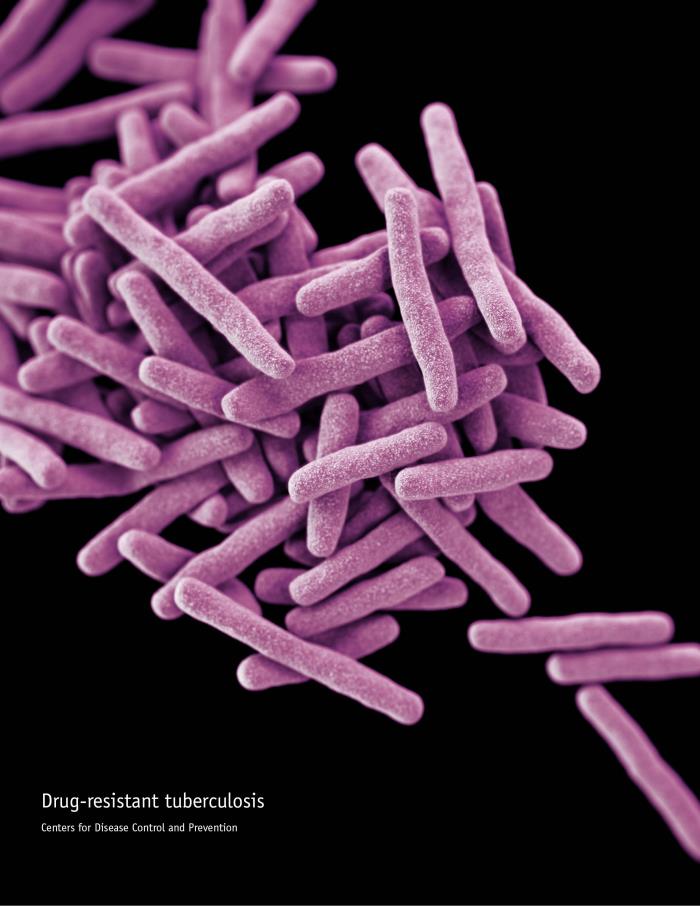Archive for September, 2018
9/21/1999: 7.6M quake kills thousands in Taiwan and leaves another 100 000 homeless
Friday, September 21st, 2018Tanzania: Hundreds feared dead as their passenger ferry sank between two islands in Lake Victoria
Friday, September 21st, 2018WHO: The number of new tuberculosis (TB) cases continued to decline in 2017, but we must do better
Friday, September 21st, 2018WHO Global TB Report 2018 : Document
TB is an old disease that was once a death sentence. Effective drug treatments first became available in the 1940s, and in combination with social and economic development they allowed countries in western Europe, North America and some other parts of the world to reduce their burden of TB disease to very low levels.13 For most countries, however, the “end” of TB as an epidemic and major public health problem remains an aspiration rather than a reality. The UN high-level meeting on TB on 26 September 2018, with attendance of heads of state and other eminent people, provides a platform to step up the commitments and actions needed to end the global TB epidemic, by the SDG deadline of 2030.
“…..The 2018 edition of the WHO’s annual TB report estimates that 10 million people developed the disease in 2017, including 5.8 million men, 3.2 million women, and 1 million children. That’s down from 10.4 million in 2016. Globally, the TB incidence rate is falling by roughly 2% a year, with annual reductions of 5% and 4% in Europe and Africa, respectively.
But the report says the global incidence rate needs to be falling by 4-5% every year to meet the first milestone of the End TB strategy—a 20% reduction by 2020 (compared with 2015). The strategy aims to cut TB incidence by 80% by 2030…..”
Epidemiologic, laboratory, and traceback evidence indicates that puppies sold through the commercial dog industry, an uncommon source of Campylobacter outbreaks, were the source of a multistate outbreak of multidrug-resistant Campylobacter infections.
Friday, September 21st, 2018“….The outbreak, which began in January 2016, affected a total of 118 people in 18 states through Feb 4, including 29 pet store employees, with 26 hospitalizations and no deaths reported….”
Healthcare delivery after Florence
Friday, September 21st, 2018“When Atrium Health’s mobile hospital unit arrived into Burgaw, N.C., on Tuesday from its home-base in Charlotte, residents of the rural area had been without medical care for days in the wake of Hurricane Florence. They lined up for help even as the medical team was setting up in a Family Dollar parking lot.
The area’s Pender Memorial Hospital, a critical access hospital, was evacuated ahead of the storm and remained closed because of flooding. The nearest open hospital sat at least 50 miles to the south in Wilmington, N.C., a city unreachable by ground transportation after rising floodwaters cut if off from the rest of the state.
Within 18 hours Atrium Health’s Med-1 mobile hospital team of 32 physicians, nurses and other clinicians had treated more than 50 patients, many with chronic diseases, such as heart disease or diabetes. Their conditions had been exacerbated by the stress of the hurricane, loss of electricity or homes and the lack of medical care. Others suffered minor injuries that turned major after becoming infected by unclean water and debris…..Hospitals prepared extensively for the hurricane by stocking up on fuel, water, food and medical supplies as part of emergency plans that had been tested and honed by past disasters.
Many had evacuated patients well enough to be moved to make room for the injured they expected to see after the storm.
Others had sheltered in place—their nurses, physicians, management and other essential staff working in shifts day after day to care for their communities. Once the winds subsided, hospitals worked with their suppliers to get additional food, water and medicine before flooding became worse……”
India: Arrest and jail time for Muslim men who terminate their marriages by simply uttering, “Talaq” 3 times.
Thursday, September 20th, 2018North Carolina & Florence: Millions of chickens and thousands of pigs died
Thursday, September 20th, 2018Flood Statement
National Weather Service Raleigh, NC
945 PM EDT Wed Sep 19 2018
…The Flood Warning continues for the following rivers in North
Carolina…
Little River At Manchester affecting Cumberland County
PRECAUTIONARY/PREPAREDNESS ACTIONS…
Safety message. If you encounter deep water while driving, do not
attempt to drive through. Turn around, dont drown.
&&
NCC051-201344-
/O.EXT.KRAH.FL.W.0011.000000T0000Z-180924T1648Z/
/MANN7.3.ER.180915T1619Z.180917T2200Z.180924T0448Z.NR/
945 PM EDT Wed Sep 19 2018
The Flood Warning continues for
the Little River At Manchester.
* At 9:30 PM Wednesday the stage was 28.0 feet.
* Flood stage is 18.0 feet.
* Major flooding is occurring and Major flooding is forecast.
* Forecast…The river will continue to fall to below flood stage by
early Monday morning.
* Impact…At 30.0 feet, Water reaches the base of the Bragg Blvd (Hwy
24/87) bridge across the Little River.
* Impact…At 28.0 feet, Flooding reaches the road surface of the
Manchester Road bridge.
* Impact…At 27.0 feet, Major flood stage. The Starlite motel is
flooded and Manchester Road is closed.
* Impact…At 25.0 feet, Water reaches the base of the Manchester Road
bridge and the foundation of the Starlite motel at the intersection
of Manchester Road and Bragg Blvd (Hwy 24/87).
* Impact…At 24.0 feet, Moderate flood stage. Manchester Road is
flooded.
* Impact…At 23.0 feet, Minor flooding begins on Manchester Road near
the Fort Bragg water treatment plant.
* Impact…At 18.0 feet, Flood stage. Minor flood problems begin in
Fort Bragg near the water treatment plant.
USGS: Storm Surge
Thursday, September 20th, 2018The USGS, Coastal Storm Response (CSR) Team will coordinate USGS response to meteorological events likely to result in major coastal flooding, severe wind damage and erosion, ecosystem distress, or threats to life, property, and ecosystems over a wide area. Typical events are hurricanes, tropical storms, and northeasters. As these events move inland, coordination responsibilities transition to the Flood Response (FR) Team.
UN: Child Mortality
Wednesday, September 19th, 2018Document: Levels and Trend in Childhood Mortality
Over the last two decades, the world made substantial progress in reducing mortality among children and young adolescents (including children under age 5, children aged 5−9 and young adolescents aged 10−14).
Still, in 2017 alone, an estimated 6.3 million children and young adolescents died, mostly from preventable causes.
Children under age 5 accounted for 5.4 million of these deaths, with 2.5 million deaths occurring in the first month of life, 1.6 million at age 1–11 months, and 1.3 million at age 1−4 years.
An additional 0.9 million deaths occurred among children aged 5−14.
Among children and young adolescents, the risk of dying was highest in the first month of life at an average rate of 18 deaths per 1,000 live births globally in 2017.
In comparison, the probability of dying after the first month and before reaching age 1 was 12 per 1,000, the probability of dying after age 1 and before age 5 was 10 per 1,000, and the probability of dying after age 5 and before age 15 was 7 per 1,000.





